Scores




Pediatric admissions to community hospitals had been significantly decreased in the U.S. and other 'first world' countries. Most of the children admittances from clinic or the ER to pediatrics wards in the developed countries include relatively low risk cases, such as diarrhea, asthma, croup, hyperbilirubinemia, etc. Children with malignancies, trauma, or other serious conditions are cared for at children's hospitals rather than rural community hospitals. But, what if you're a doctor in one of the developing countries? Standards are not the same, neither the children conditions that health practitioners face.
In order to help doctors, nurses and other health workers responsible for the care of children in developing countries, the WHO published 'Pocket book of Hospital Care for Children', also dubbed as Blue Pocketbook, with guidelines focusing on the management of major causes of childhood mortality in developing countries, including: neonatal illness (including low birth weight, prematurity, sepsis, perinatal asphyxia, and congenital anomalies), pneumonia and other breathing problems (including bronchiolitis, asthma and tuberculosis), diarrhea, fever, severe acute malnutrition, HIV/AIDS, surgical problems (including trauma and burns), and more.
Since using books and guidelines on electronic devices, such as phones and tablets became more convenient, the WHO also made the electronic version of this pocketbook, the app called 'e-Pocketbook' or 'WHO Hospital Care for Children', which provides up-to-date, evidence-based clinical guidelines for children requiring hospital care.
This app, made for both Android and iOS, includes the 2nd edition of the WHO guidelines released in 2013 that covers the most common and potentially lethal conditions affecting children in developing countries.
Upon opening the app and tapping on Guidelines button you have an option to search content using a designated Search field, or browse the content by chapter.
There are 12 chapters in total, ranging from triage and emergency conditions, diagnostic approach, problems with neonates and young infants, conditions from cough and difficult breathing to children with HIV/AIDS, dealing with common surgical problems, supportive care, monitoring the progress to counseling and discharge from hospital. The app also contains five appendices covering practical pediatric procedures, drug dosages and regimens, equipment charts, IV fluid recommendations/dosing and assessment to the nutritional status.
The design is clean and simple and all options are easily accessible. However, we encountered one annoying bug. The screen would frequently go blank, and if we tried to tap on screen to make the page visible, the app would return us back to previous screen. This completely ruins the user experience, because it prevents user to perform a desired action.
Once you manage to defeat this bug and tap on certain chapter, it expands to drop-down list revealing several sub-chapters.
Both chapters and their sub-chapters include detailed information and guidance on the stages of management for every child: from triage and treating emergency cases, history, examination, laboratory investigations and treatments for each condition listed, to supportive care and monitoring, and finally to discharge planning and follow-up. The guidance also includes special considerations for certain conditions, for example contraindications with other conditions or medications.
The five appendices provide more practical info on procedures, dosages, regimens, supported with illustrations and useful charts that expand this information further.
Both guidance chapters and appendices provide information in detail, which is also easy to comprehend, even to less experienced medical workers.
There's also another small thing that bothered our experience with this app, and that's a lack of Home button once you enter the chapters. If you want to go back to previous chapter or home page, you have to use Back button, which was inconvenient, especially with that blank screen glitch. Also, no specific references were included in the app for the guidelines.
The positive thing about this app, beside the superb information it provides, is the fact that it comes from a reputable source, reflecting "best practices" put forth for care of pediatric patients in developing countries at first level referral hospitals.
Another upside about WHO e-Pocketbook of Hospital Care for Children app, is that all guidelines can be viewed offline, which is sometimes really important, especially in places without regular access to the internet.
Overall, this is great app, with lot of useful info and really annoying bug that cripples the experience, and that would hopefully be fixed in one of the future updates.
Benefit: Any healthcare providers, who care for hospitalized pediatric patients would benefit from this app, especially those working in developing countries, or overseas service, such as military.
Verdict:
For- Made by authority source
- Detailed and practical information supported by illustrations and charts
- Ability to access information offline with regular updates
- User experience plagued with blank screen bug
- Navigation is awkward, without Home button
- No reference links


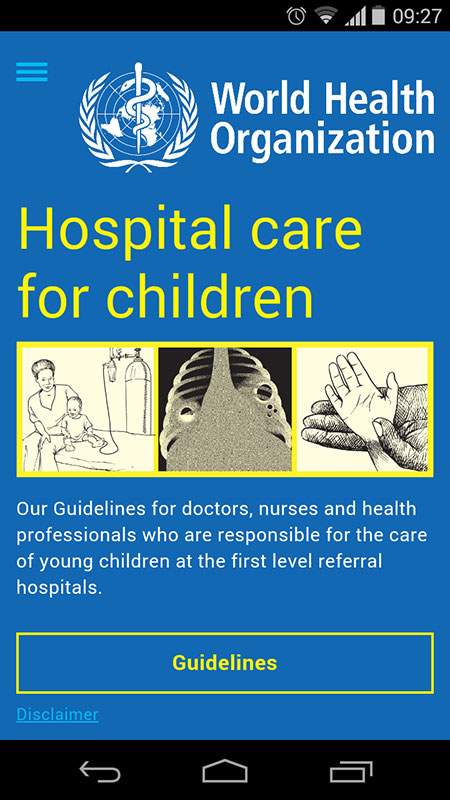
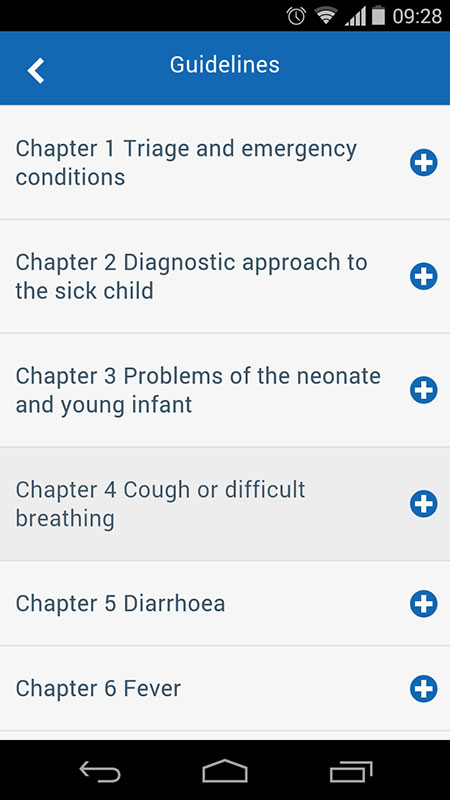
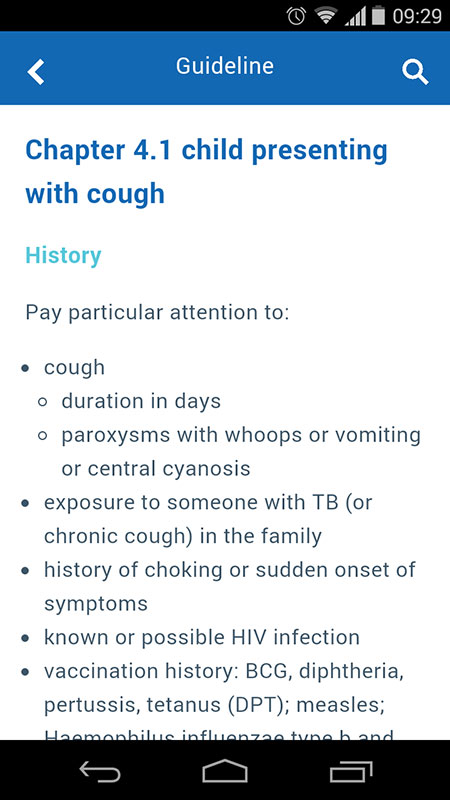

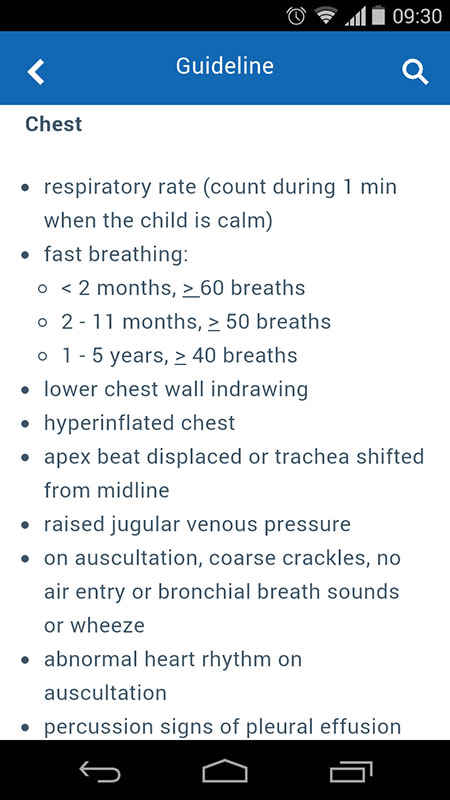
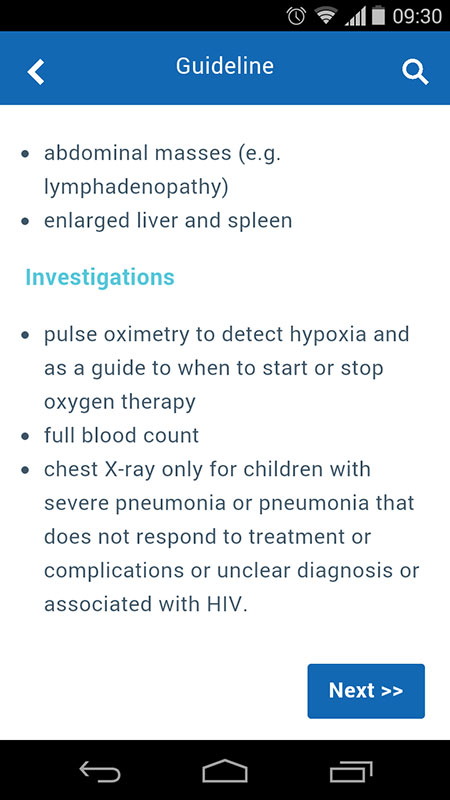
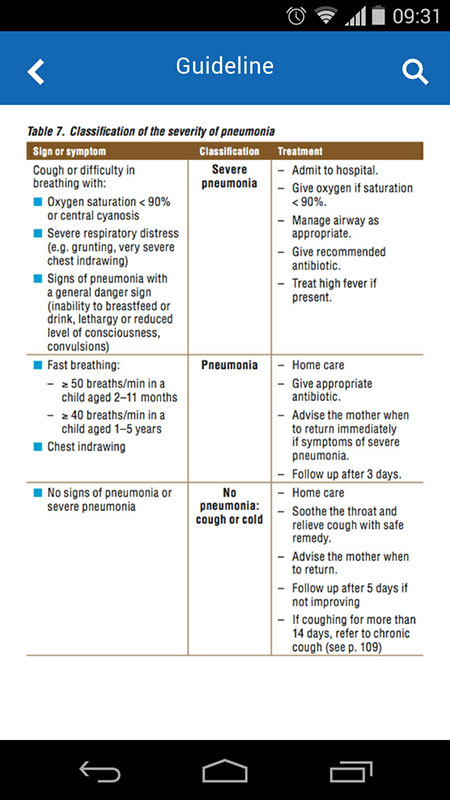
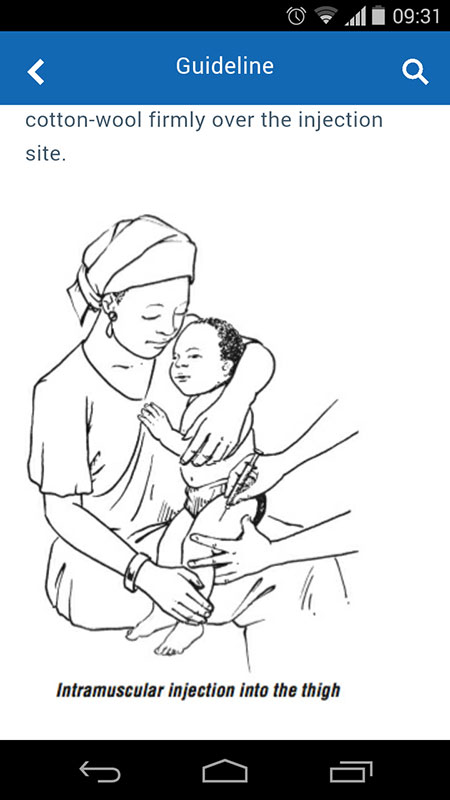
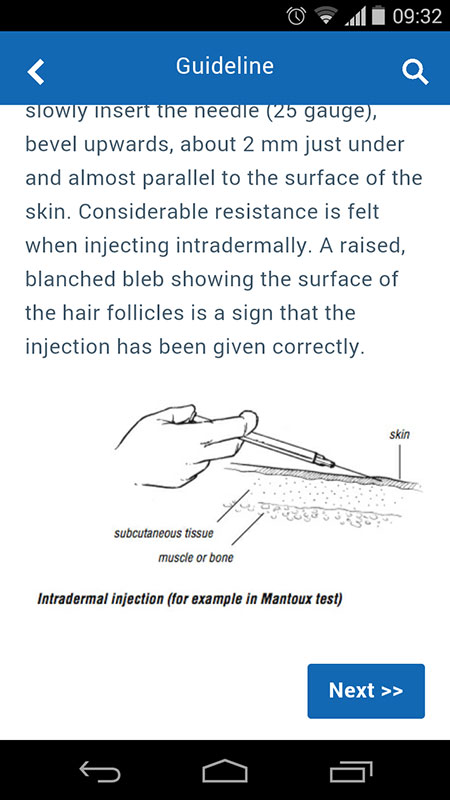
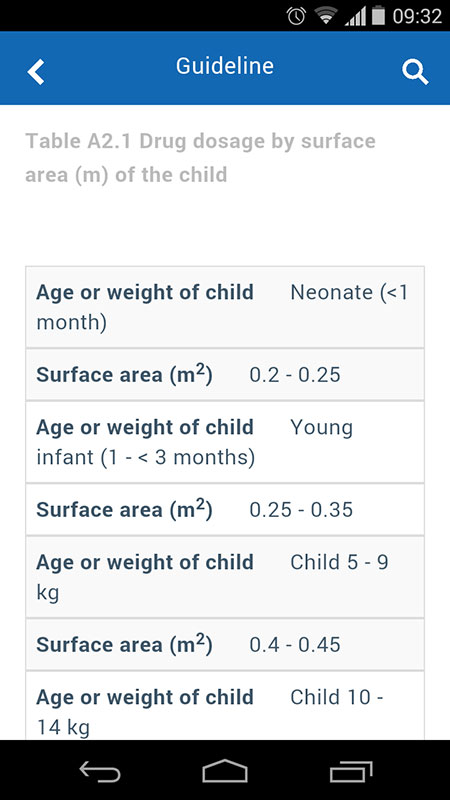

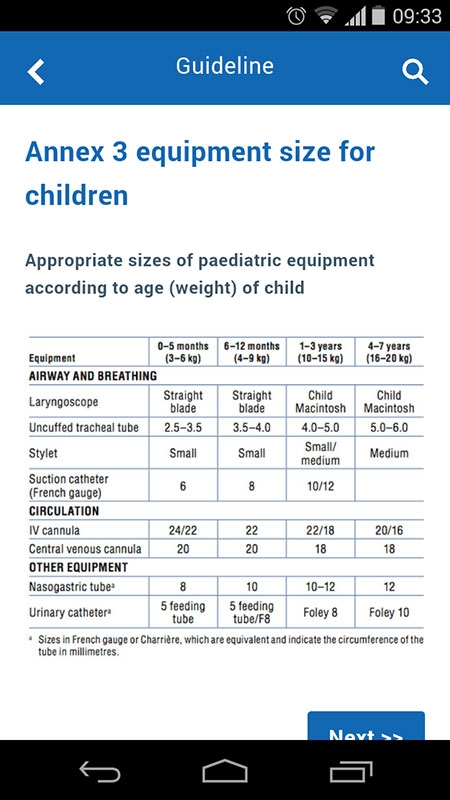

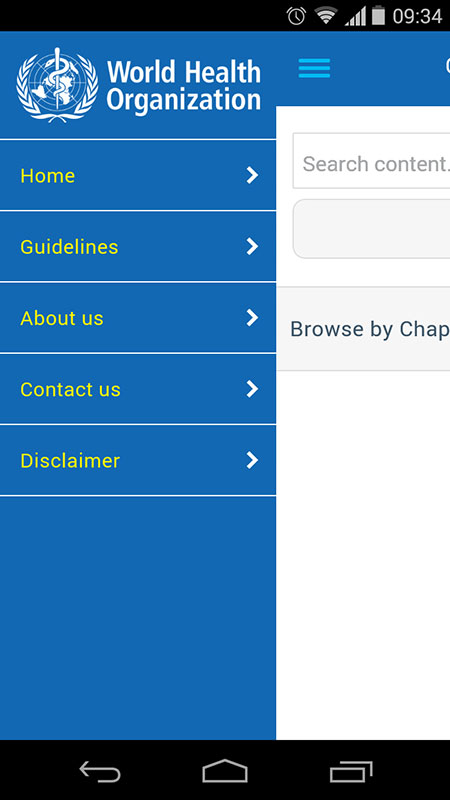


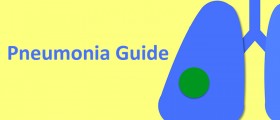
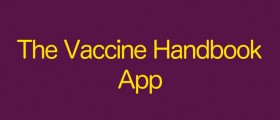


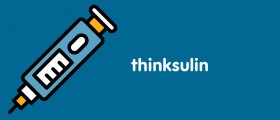

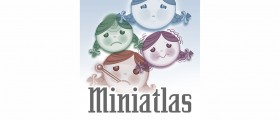




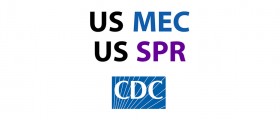
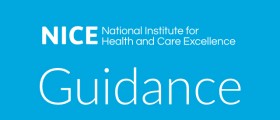

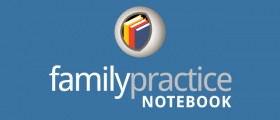
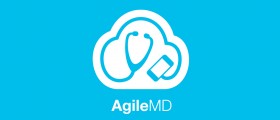






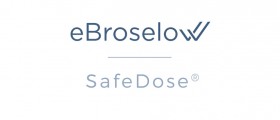





Your thoughts on this
Loading...